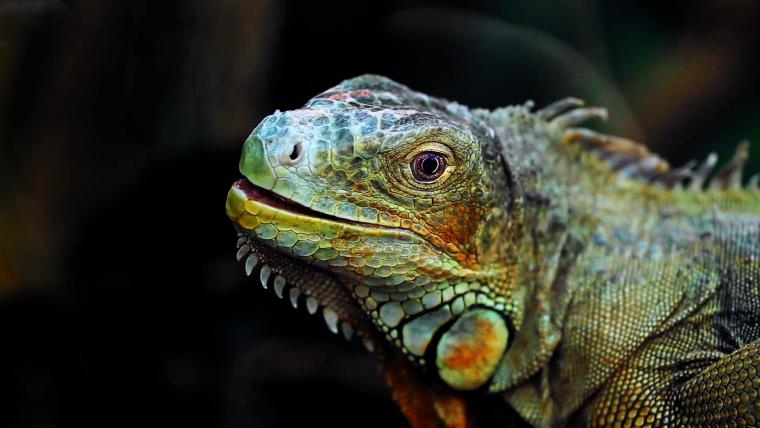
How the most endangered iguanas are getting a headstart in life
With over 35 species across the world, iguanas are one of the most diverse members of their ecosystems. These colour-changing reptiles vary in size, behaviour, and habitat, and are found across the Americas, the Galápagos Islands, the Caribbean and Fiji. While some species may be thriving, others are fighting a losing battle against deforestation and urban developments. But researchers and conservationists have devised a way to conserve these ancient lizards and give them a headstart in life.
For millions of years, iguanas have protected themselves from predators with skillful survival mechanisms. To evade owls, snakes and hawks, they camouflage into their environment. Born with a natural ability to release and regrow their tails and shed skins, iguanas can stealthily slip out of tight corners and flee to safety. Genius as they are, the Caribbean rock iguanas are among the most endangered lizards in the world. They are threatened by the invasion of domestic mammals, loss of habitat and a reduction in endemic food.
To increase the dwindling population of iguanas, the San Diego Zoo Wildlife Alliance launched the Griffin Reptile Conservation Center in Puerto Rico. As part of their breeding programme for rock iguanas, conservationists use ‘headstarting’. This technique entails protecting iguana nests until they hatch, then taking the hatchlings to breeding facilities where they are grown until strong enough to overcome potential predation in the wild. With this method, they bred over 190 iguanas on Anegada island with an 80% survival rate. Among their numerous successes, the zoo is also host to the largest Fiji banded iguana colony outside of Fiji. Tipping the scales of these creatures towards safety, conservationists are ensuring iguanas keep dazzling rainforests, islands, and coasts with their bright hues.
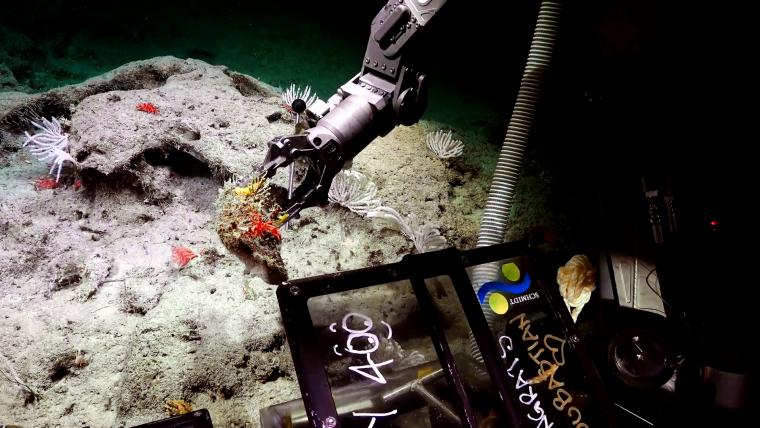
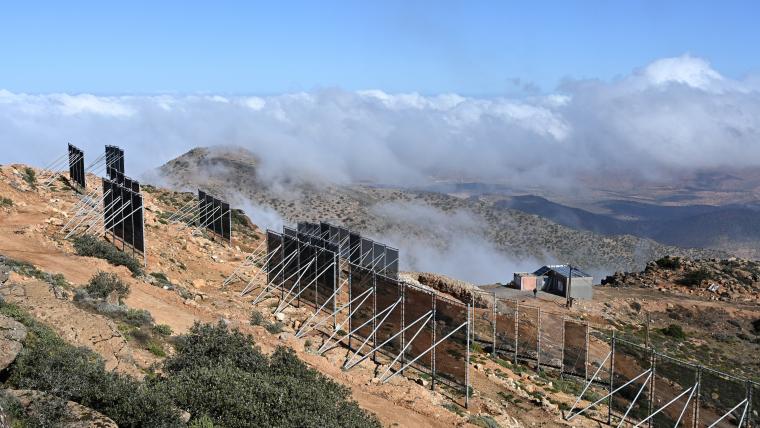
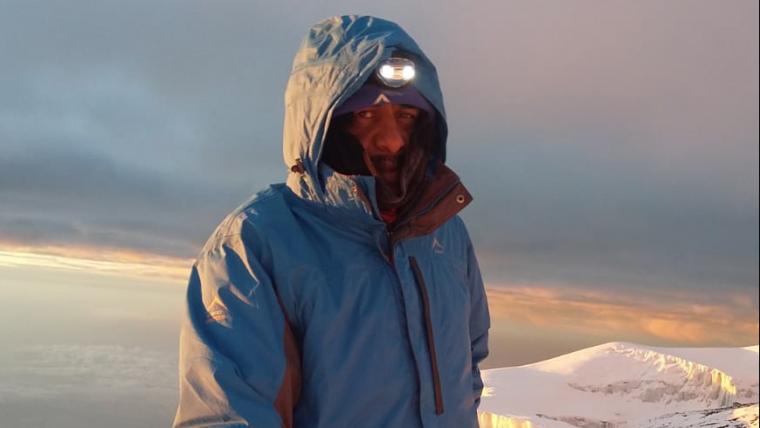

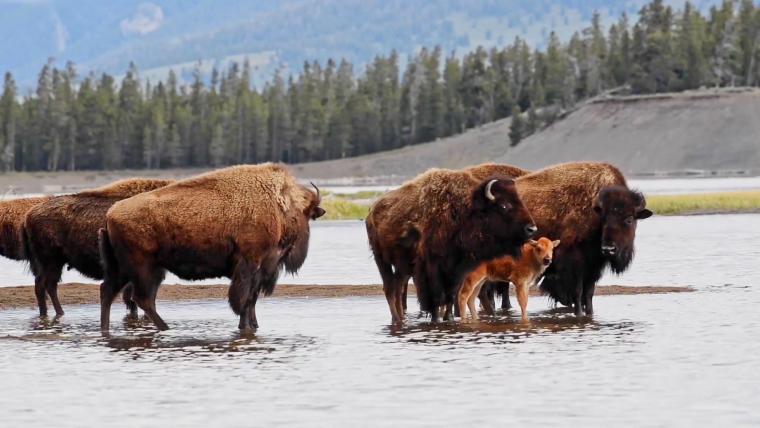

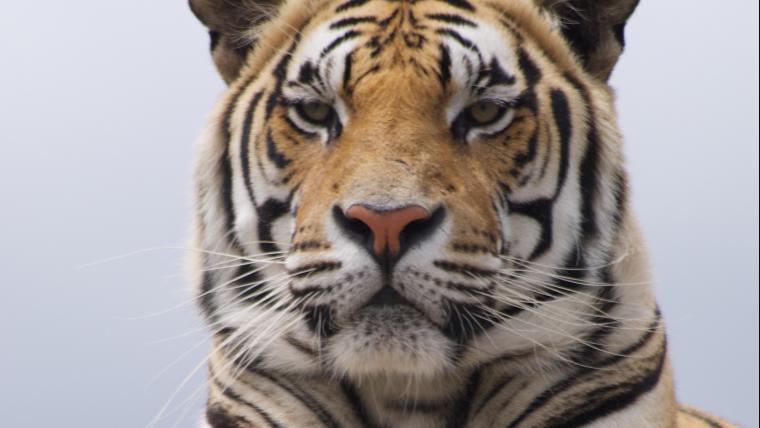
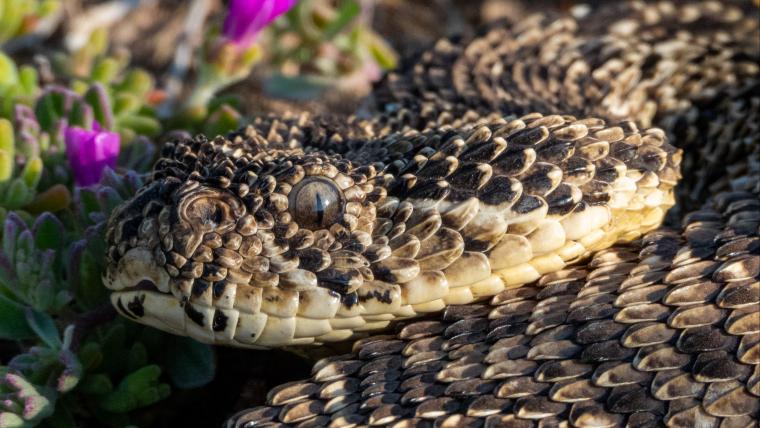
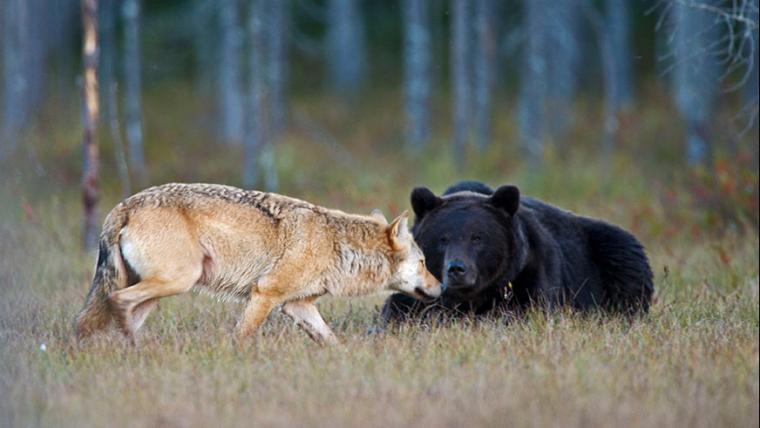
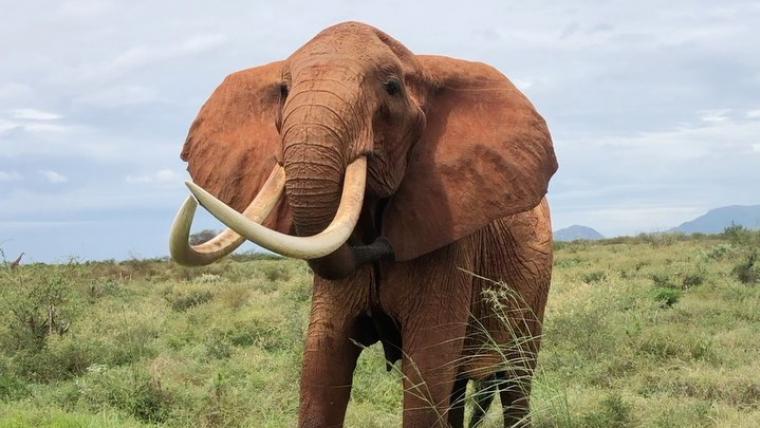




















Please sign in to leave a comment